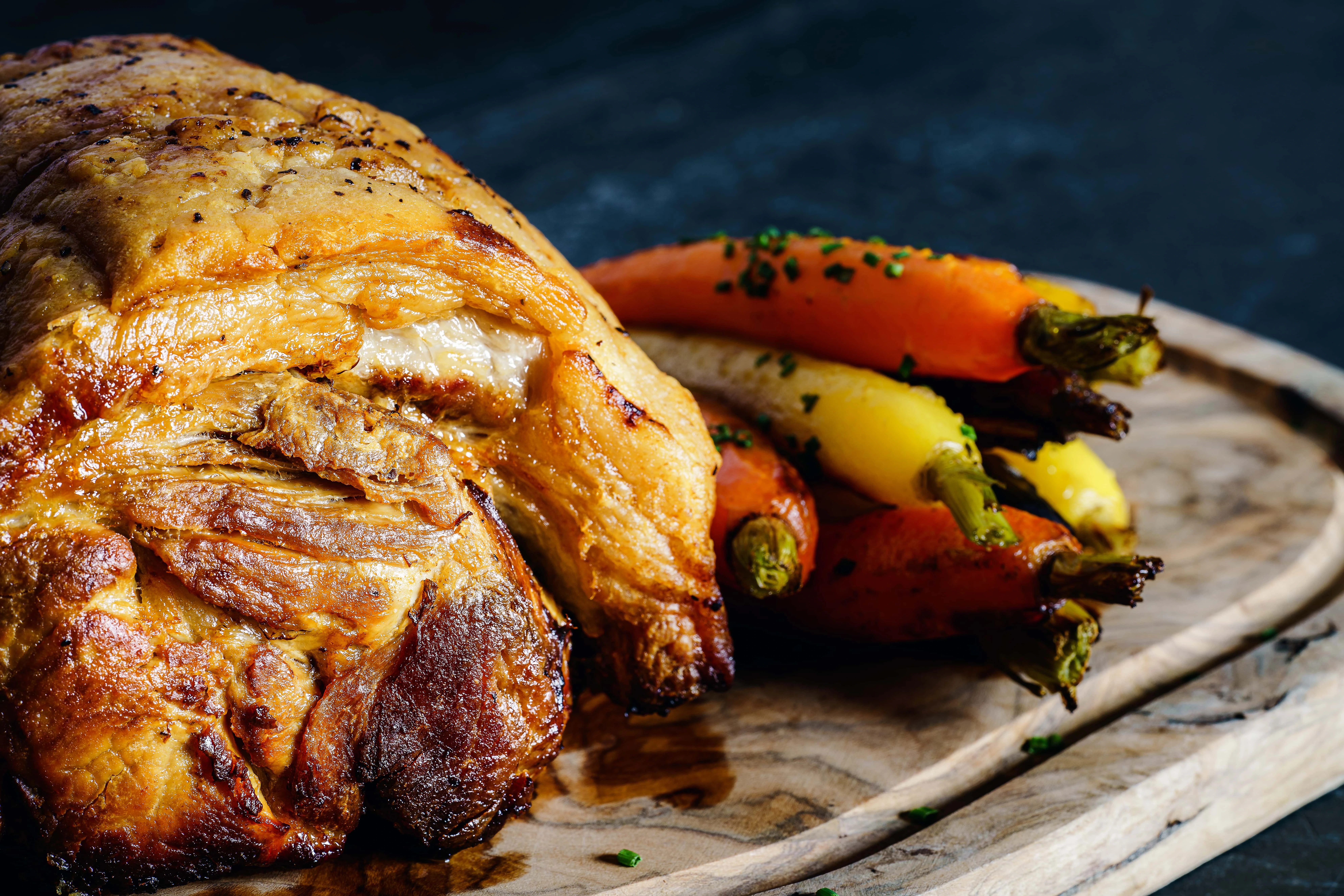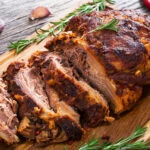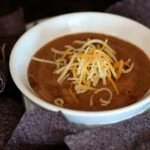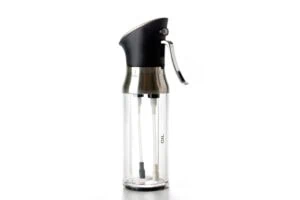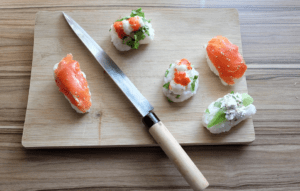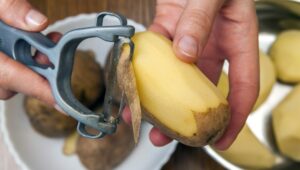Testing new recipes in the kitchen is easier and energy efficient now because of induction cooking. It has the potential to replace non-induction cooking across the globe. But you will not get the intended outcomes if you use non-induction kitchenware directly on an induction cooktop. However, you do not need to get your hands on new cookware for induction cooking right away. This article will discuss how to use non induction cookware on induction cooktop ranges. So, let’s get started!
Ways to Use Non-Induction Cookware on an Induction Cooktop
1. Using an induction interface disk for induction cooking
The induction interface disk is a circular plate that embraces a stainless steel handle. It goes on top of a cooktop, creating an electromagnetic link with the stovetop. The disk is thin but is very heavy in weight, so there is a slight risk of tilting or skidding. Still, a strong disk having a powerful magnet and a heat-resistant handle is preferred to get the desired results. A premium quality disk will always come in handy in this scenario.
A step-by-step guide on how to use an induction interface disk
- The induction interface disk goes on top of the induction cooktop. It needs to cover the entire surface of the cooktop, including each induction hob. Once the disk is placed correctly, it makes a whirring noise that you can hear clearly. Avoid touching the disk because it will be scorching even though it might not appear to be hot.
- The non induction cookware goes on the top of that disk. The current requires a few minutes to pass from the induction disk to the kitchenware, resulting in a bit of delay in reaching the required temperature.
- To save more energy and reduce the time needed to prepare your meal, you should cover your cookware.
- When the food is ready to eat, remove the disk gently from the cooktop using its heat-resistant handle. Moreover, a temperature sensor can assist you in determining the temperature of the plate.
Drawbacks of using an induction interface disk
Kitchenware such as a saucepan that you can use on an induction stove is difficult to polish. There are rough and uneven spikes found on it. When non induction cookware goes on the induction converter disk, tiny air bubbles get trapped between the uneven metallic surfaces. Air is a poor conductor of heat. Although the induction interface disk tries to transfer heat to the induction kitchenware when magnetic vibrations enter and begin to appear, the environment delays the movement.
Due to the temperature construct, the induction interface disk gets bulkier than the surface of the induction cookware. A portion of the heat transfers to the stoneware, and some goes to the kitchen surroundings. When the induction cooktop is left turned on for a longer time, it can become harmful for the cooktop.
2. Using a steel wire mesh sheet for induction cooking
A sheet of steel wire mesh is another way to use non-induction cookware on an induction cooktop. The mesh sheet needs cutting according to the size of the cooktop. The section you cut must be twice the size of the induction cooktop’s area. The mesh sheet needs to be folded in half, creating two levels of mesh.
Now put the mesh sheet on the induction cooktop and the non-induction kitchenware on top of it. Turn on the induction cooktop in the end. It is a cheaper way as compared to the induction interface disk. Using a steel wire mesh sheet is a quick method of induction cooking, especially when using large utensils.
Drawbacks of using a steel wire mesh sheet
Using a steel wire mesh sheet might not be the best alternative because certain portions of a mesh could become extremely warm, whereas some portions might not get warm. Also, avoid touching the steel wire mesh sheet while in use.
Furthermore, the method can be highly time-consuming. Compared to induction ready cookware, using non induction cookware may take longer to heat your kitchen cookware set. Finally, if the steel wire mesh sheet gets in direct contact with exposed flesh or hot water splashes on the skin, it might inflict injury.
3. Using a computer thermal paste for induction cooking
This approach is practical only if you want a one-time solution. Thermal paste for computers is a substance spread between the processor and the heat spreader to promote cooling. It distributes heat throughout the processor’s surface, enabling it to disperse heat more quickly and avoid overheating.
Add a small amount of the paste to the surface of the kitchenware and position it on the induction burner slowly. You need to repeat this step every time a meal needs cooking. The thermal adhesive degrades at high temperatures; therefore, you must clean and replace it every time before use.
Drawbacks of using a computer thermal paste
Compared to using induction compatible cookware, using computer thermal paste is highly time-consuming. As a result, it may take time before you notice any bubbles. In addition, computer thermal paste is less efficient than other methods.
Conclusion
You can use a non induction pan or pot on an induction stovetop in a variety of contexts. You can buy an induction disk or test your skills at home with a few practical and straightforward homemade approaches to using a normal pan on your induction hob. Your decision is based on your kitchen requirements.
However, you must use induction cookware if you want a quick solution for preparing food as a regular pan won’t perform the same on an induction burner as compatible cookware does.
You could also experiment with the above ways to see which one performs better for your food requirements, especially if you have ceramic cookware, non stick cookware, or stainless steel cookware that you really like but is not compatible with your induction cooker. If you don’t have any induction-safe kitchenware, give these ways a chance to make the most of your induction stovetop!

